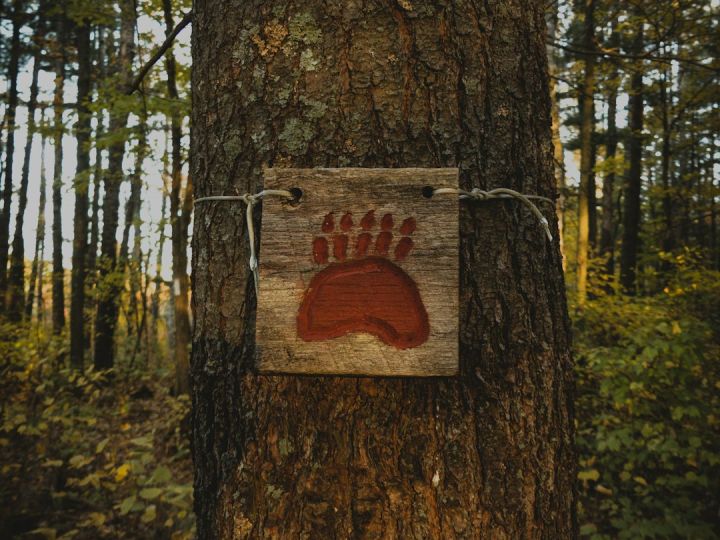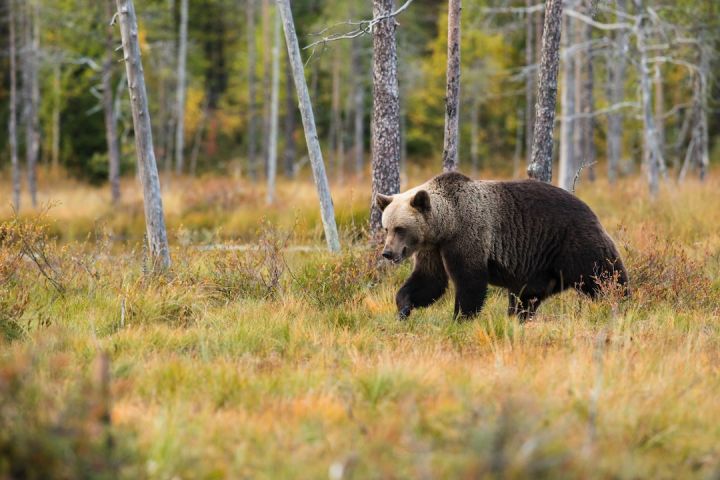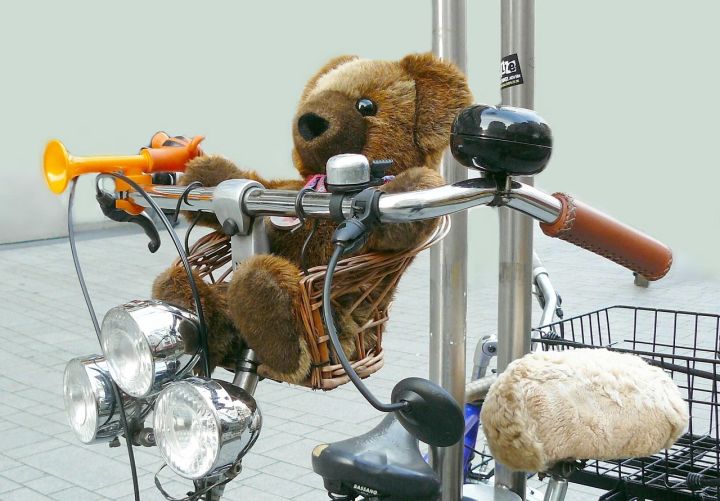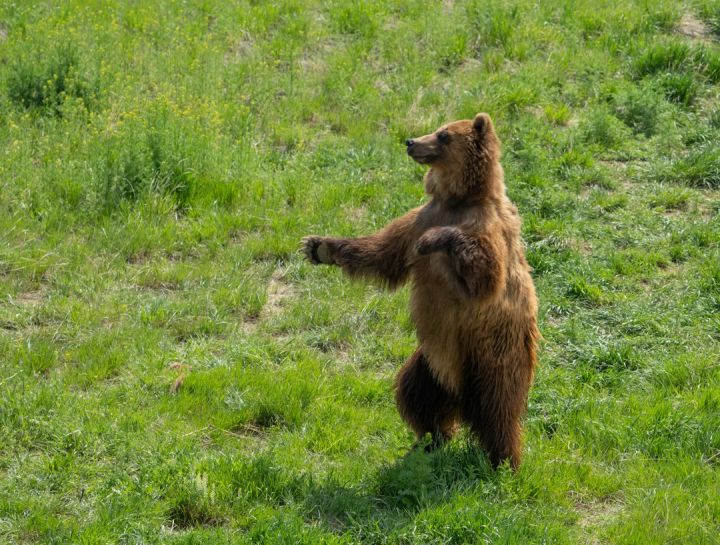How to Recognize Bear Tracks?
Bears are majestic creatures that roam the wilderness. If you ever find yourself in bear country, it is essential to know how to recognize bear tracks. By being able to identify these distinctive imprints, you can gain insight into the presence and behavior of bears in the area. In this article, we will explore the key features to look for when identifying bear tracks.
Size Matters
When it comes to recognizing bear tracks, size matters. Bears have large paws, and their tracks are significantly bigger than those of other animals in the same habitat. A typical adult bear track measures around 4 to 7 inches in length and width. If you come across tracks of this size, you can be reasonably confident that they belong to a bear.
Distinctive Claws
Another characteristic feature of bear tracks is their sharp claws. Unlike other animals, bears have elongated, curved, and non-retractable claws. These claws often leave marks in the track, which can help you differentiate them from other similar tracks. The claw marks are usually visible at the front of the tracks and appear as small indentations.
Five-Toed Imprints
Bears have five toes on both their front and hind feet, and this is reflected in their tracks. The imprints left by a bear’s paws will typically show five distinct toe marks. However, there may be some variation in the visibility of the toe marks depending on the substrate and how the bear is walking. Nonetheless, the presence of five toes is a good indicator that you are dealing with a bear track.
Wide Heel Pad
One of the key features that make bear tracks stand out is the wide heel pad. This part of the track is located at the back and is much wider than the rest of the paw. The heel pad can be round or slightly elongated, depending on the bear species. This wide heel pad helps to distribute the bear’s weight, making their tracks easily identifiable.
Track Patterns
In addition to the individual features of bear tracks, it is also important to consider the overall track pattern. A bear’s walking pattern is typically a straight line, with the hind tracks partially overlapping the front tracks. This is because bears have a wider front track than hind track due to their shoulder structure. Recognizing this pattern can help you determine the direction the bear was moving in.
Other Signs of Bear Activity
While identifying bear tracks is an essential skill, it is also important to look for other signs of bear activity in the area. Bears are known to leave behind other clues such as scat, scratch marks on trees, and overturned rocks or logs. By observing these additional signs, you can gain a better understanding of the bear’s behavior and habits.
Conclusion: Stay Alert and Stay Safe
Recognizing bear tracks is an essential skill for anyone venturing into bear country. By understanding the key features of bear tracks, such as their size, distinctive claws, five-toed imprints, wide heel pad, and track patterns, you can confidently identify them. Remember to also look for other signs of bear activity to gain a comprehensive understanding of the bears in the area. Stay alert, stay safe, and enjoy the beauty of bears from a respectful distance.






